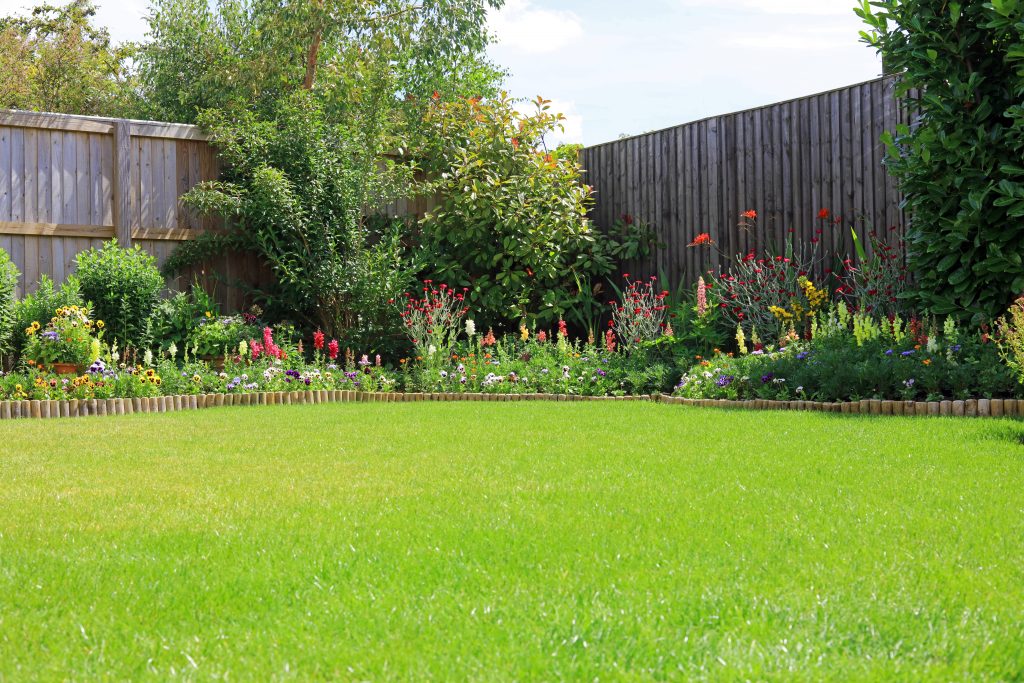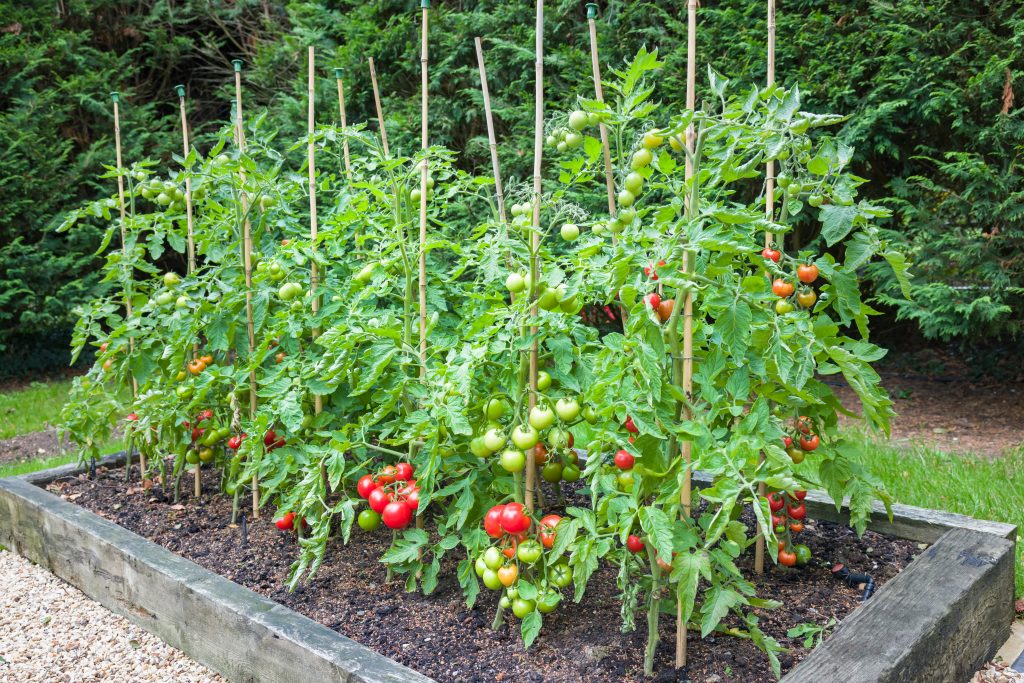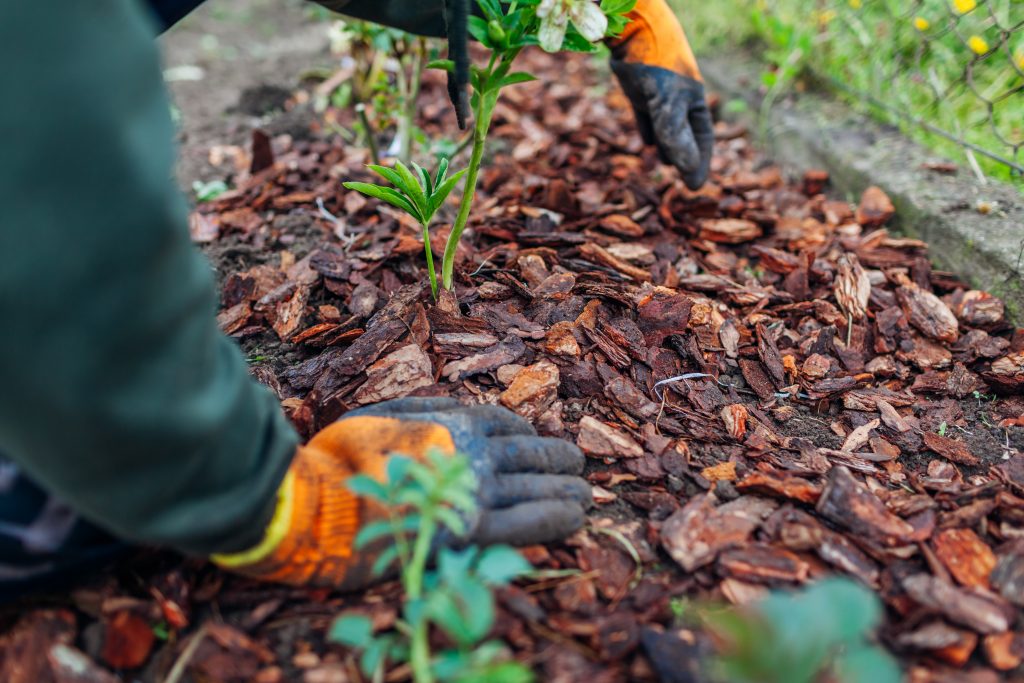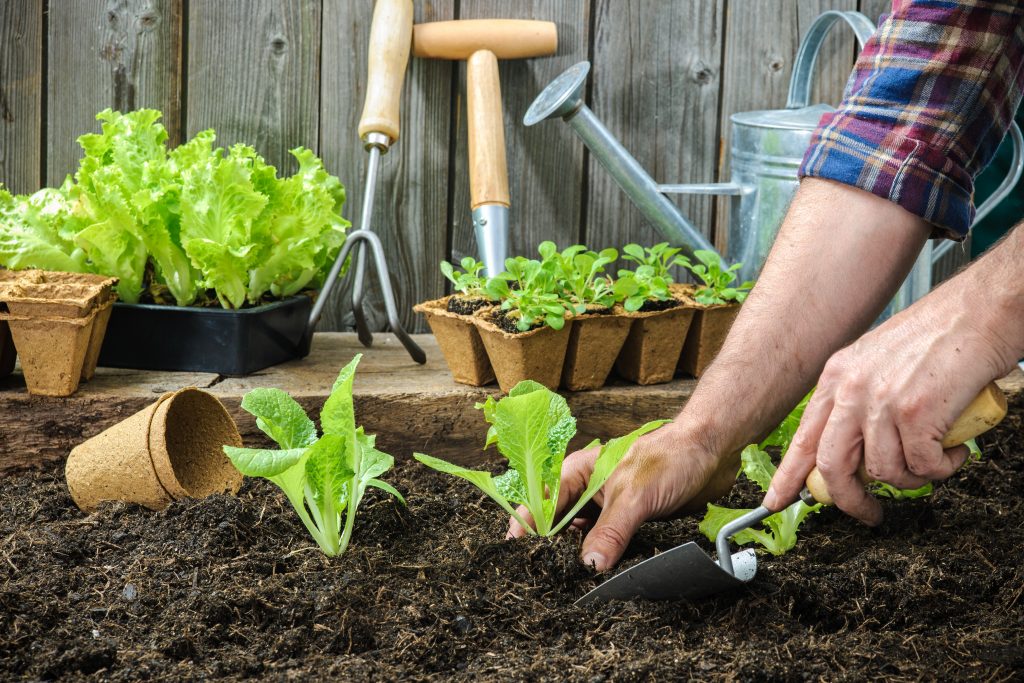If you’re new to gardening, you might feel a bit overwhelmed by all the information out there. But don’t worry, we’ve got you covered! With our 10 Tips for Beginner Gardeners, you’ll have all the knowledge you need to start your very own garden.
Whether you’re interested in growing herbs, vegetables, or flowers, our tips will help you get on the path to success. So let’s dive in and get started!
Start Small
Gardening is a rewarding and fulfilling hobby, but it can be daunting for beginners. That’s why starting small is a smart move! By focusing on a small garden area, you can gain experience and knowledge without taking a big risk. Plus, it’s way less overwhelming than tackling a massive garden right off the bat.
One of the biggest advantages of starting small is that you can really get to know your plants. When you only have a few plants to tend to, you can hone in on their specific needs. This will help you learn the ins and outs of how much water, sunlight, and care each plant needs to thrive.
Another perk of starting small is that it can help you save on investing in your garden. When you limit the number of plants and supplies you need to purchase, you’ll keep your costs low while still learning all you need to know.
Personally, I started my gardening journey with a small raised bed. It allowed me to experiment with different plant varieties and gardening techniques without breaking the bank. Through trial and error, I learned how to improve soil quality, deal with pesky pests, and even grow some delicious veggies!
So if you’re new to gardening, consider starting with a small garden area. You can try your hand at growing a few easy-to-care-for plants, such as basil or tomatoes. As you gain more experience and confidence, you can gradually expand your garden and experiment with different techniques and varieties. Remember to enjoy the process and have fun learning along the way.
Choose the Right Location
Choosing the right location for your garden is crucial to the success of your plants. Sunlight is one of the most important factors to consider when choosing a location for your garden. Most plants require at least 6 hours of direct sunlight per day to thrive. Without enough sunlight, your plants may struggle to grow, produce fewer flowers or fruits, or even die.
Accessibility is also an important factor to consider. You want to make sure you choose a location that is easily accessible for watering and tending to your plants. A location that is too far from your home may discourage you from taking care of your plants regularly.
Finally, you want to make sure the location you choose has good soil quality. Avoid areas that are prone to flooding, as this can damage your plants and create standing water. Look for areas with well-draining soil that is rich in organic matter, which can help your plants grow strong and healthy. By choosing the right location, you can give your plants the best chance to thrive and grow into healthy, productive specimens.

Prepare the Soil
It’s essential to create a healthy environment for your plants to grow and thrive. Start by removing any weeds or debris from the planting area. You don’t want anything competing with your plants for nutrients and water!
Once the area is cleared, it’s time to add some compost or other organic matter to the soil. This will help improve the soil’s structure, fertility, and water-holding capacity. You can make your compost at home using kitchen scraps or buy it from a local garden centre.
I have found preparing the soil correctly to be a game-changer in my gardening journey. When I first started, I neglected to prepare the soil, and my plants suffered as a result. They were stunted, their growth wasn’t great, and they didn’t produce as many flowers as I had hoped. Looking back, I wish I would have used Westland Multi-Purpose Compost to give my soil the nutrients it really needed.
After learning the importance of soil preparation, I began adding compost and other organic matter to my soil (Westland SafeLawn Liquid Lawn Feed), and the results were astonishing. My plants grew taller, produced more fruit, and looked much healthier overall.
Choose Easy-to-Grow Plants
As a beginner gardener, it’s important to choose plants that are easy to grow and maintain. You don’t want to get discouraged by choosing plants that are too difficult to care for or require a lot of attention.
Some great options for beginners include tomatoes, cucumbers, and herbs such as basil, mint, and parsley. These plants are relatively easy to grow and are perfect for small gardens or container gardens.
Choosing easy to grow plants also means you’re more likely to have success with your garden, which can be a huge motivator. As you gain experience and confidence, you can gradually add more plants and experiment with different varieties.

Water Regularly
As a beginner, you should understand the watering needs of your plants and establish a regular watering schedule. Overwatering or underwatering can be detrimental to the health of your plants. It’s best to water them early in the morning or in the evening when the sun is not too harsh, as this allows the water to soak into the soil without evaporating too quickly.
You can check the soil moisture adjust your watering schedule accordingly. One good tip is if the soil is soaking up the water quickly it is likely dry, if it is soaking it up slowly its probably already moist.
Different plants have different water needs. Some plants, such as succulents, can go for long periods without water, while others, like tomatoes, require more frequent watering. Make sure to look up how much water your plants need.
Mulch
If you want to keep your garden healthy, mulching is a must! Mulch acts as a protective layer on top of the soil, helping to keep it moist and weed-free. Organic mulch, such as leaves, straw, or Westland Landscape Bark, can also add nutrients to the soil as it decomposes.
Mulching is particularly important during hot, dry weather when plants are more susceptible to stress and water loss. It can also help to regulate soil temperature, keeping it cooler in the summer and warmer in the winter. When applying mulch, make sure to spread it evenly over the soil and around the base of your plants, being careful not to bury the stems or leaves.
I’ve found that mulching has made a huge difference in the health of my garden. Not only does it make the soil more hospitable for plants, but it also reduces the amount of time I spend weeding and watering.

Use Natural Pest Control Methods
Avoid using harmful chemicals and instead use natural methods such as companion planting, introducing beneficial insects, or using homemade pest sprays. In the UK, there are many natural pest control options available that are safe for both your plants and the environment.
For example, you can use netting to protect your plants from birds and insects, or encourage ladybirds and lacewings into your garden to naturally control aphids and other pests.
Using natural pest control methods has many benefits for gardeners. Not only is it better for the environment and your health, but it can also save you money in the long run. By avoiding harmful chemicals, you can create a more sustainable garden that will continue to thrive year after year.
Rotate Crops
Gardening can be a fun and rewarding activity, but it’s important to take care of your soil if you want to see your plants thrive year after year. One way to do this is by rotating your crops.
Rotating your crops means planting different types of crops in different areas of your garden each year. This helps to prevent soil depletion and minimise the risk of pests and diseases.
When you plant the same crop in the same spot year after year, it can deplete the soil of nutrients and make it more vulnerable to pests and diseases that may have developed a taste for that particular crop.
By rotating your crops, you give the soil time to replenish its nutrients and you can reduce the likelihood of pests and diseases taking hold.
For example, if you plant tomatoes in one spot one year, try planting beans or lettuce in that spot the following year. This way, you give the soil a chance to recover and you reduce the risk of pests and diseases that are attracted to tomatoes.

Prune Frequently
Pruning regularly is a key part of gardening that helps to keep your plants healthy and looking their best.
One benefit of pruning is that it can improve the overall health of your plants. By removing dead or diseased branches, you can help to prevent the spread of disease and pests. Pruning also allows more light and air to reach the plant, promoting better growth.
Another benefit of pruning is that it can help to shape your plants and control their size. By removing overgrown or unwanted branches, you can create a more pleasing shape and prevent your plants from becoming too large for your garden.
Many gardeners are intimidated by the idea of pruning, but it doesn’t have to be complicated. With a little practice, you’ll quickly become more confident and skilled at shaping your plants.
Emily - Graphic Designer & Copywriter
Emily - skilled graphic designer, copywriter, and content creator. She has a talent for creating stunning visuals and crafting compelling messaging that resonates with her audience.
